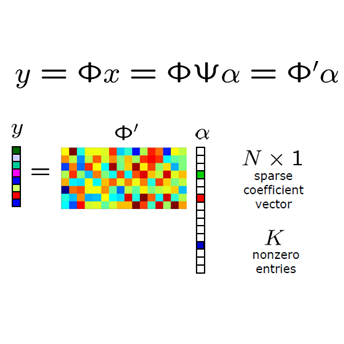We consider the problem of recovering an $n_1 \times n_2$ low-rank matrix with $k$-sparse singular vectors from a small number of linear measurements (sketch). We propose a sketching scheme and an algorithm that can recover the singular vectors with high probability, with a sample complexity and running time that both depend only on $k$ and not on the ambient dimensions $n_1$ and $n_2$. Our sketching operator, based on a scheme for compressed sensing by Li et al. and Bakshi et al., uses a combination of a sparse parity check matrix and a partial DFT matrix. Our main contribution is the design and analysis of a two-stage iterative algorithm which recovers the singular vectors by exploiting the simultaneously sparse and low-rank structure of the matrix. We derive a nonasymptotic bound on the probability of exact recovery, which holds for any $n_1\times n_2 $ sparse, low-rank matrix. We also show how the scheme can be adapted to tackle matrices that are approximately sparse and low-rank. The theoretical results are validated by numerical simulations and comparisons with existing schemes that use convex programming for recovery.
翻译:我们考虑的是从少量线性测量(Strach)中用少量线性测量(Strach)用一美元1美元1美元=2美元美元=2美元美元=2美元美元美元=低位矩阵回收一个美元1美元美元=2美元美元美元美元=2美元美元美元=2美元低位矩阵的问题。我们提出一个草图计划和算法,这个算法能够以高概率恢复单向矢量,其样本复杂度和运行时间仅取决于美元美元而不是环境维度1美元=1美元和2美元美元=2美元;我们的素描操作员,根据Li等人和Bakshi等人的压缩感测计划,使用一个稀薄的平价检查矩阵和部分DFT矩阵组合。我们的主要贡献是设计和分析一个两阶段迭代算法,该算法通过同时利用矩阵的分散和低位结构来恢复单向矢量矢量矢量。我们从精确恢复的概率中得出一个非零位参数,这种概率取决于任何 n_1美元=2美元=2美元稀薄、低位矩阵。我们还显示如何调整这个计划,处理大约为稀薄和低位和低位的矩阵。理论结果通过数字模拟比较得到验证。


